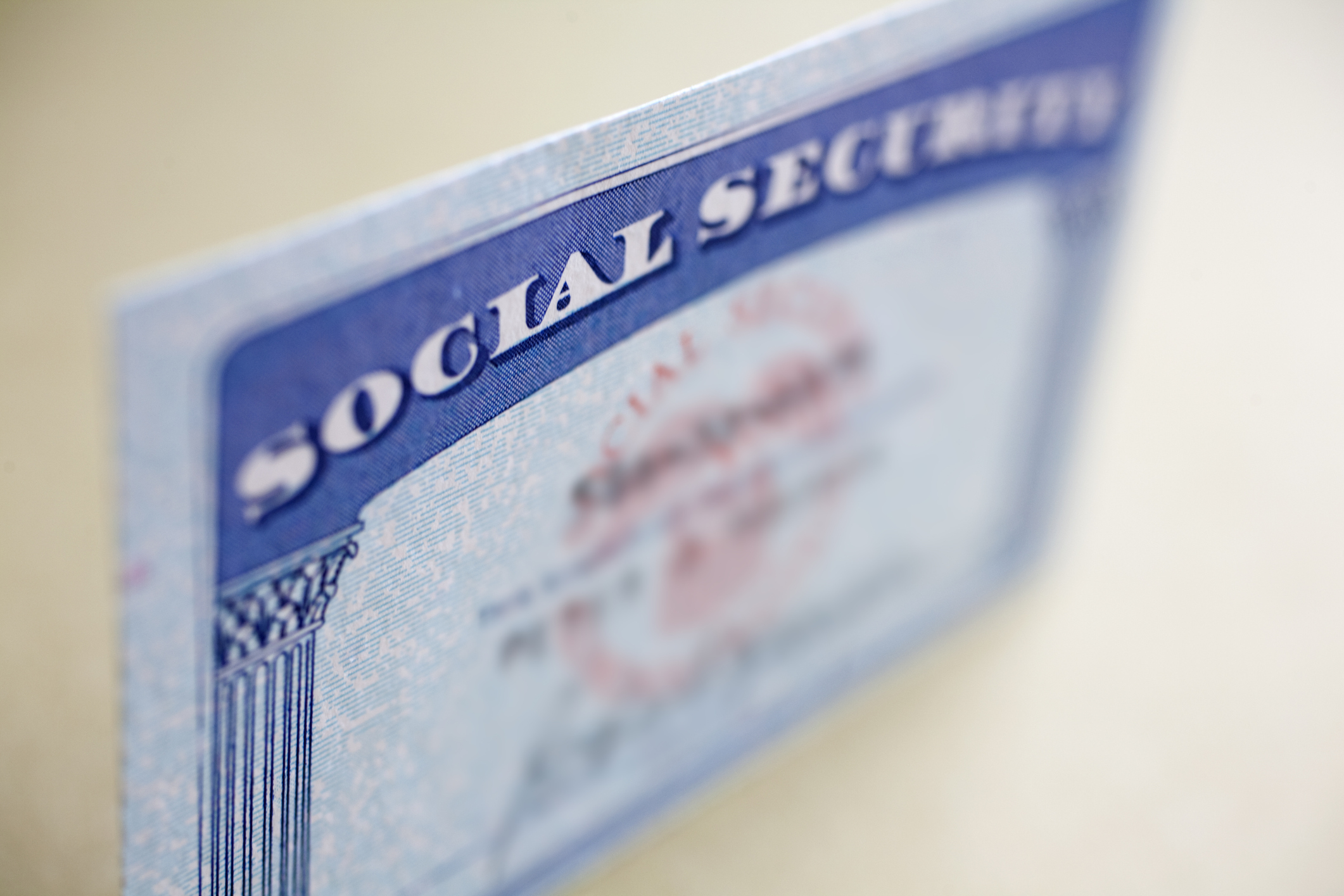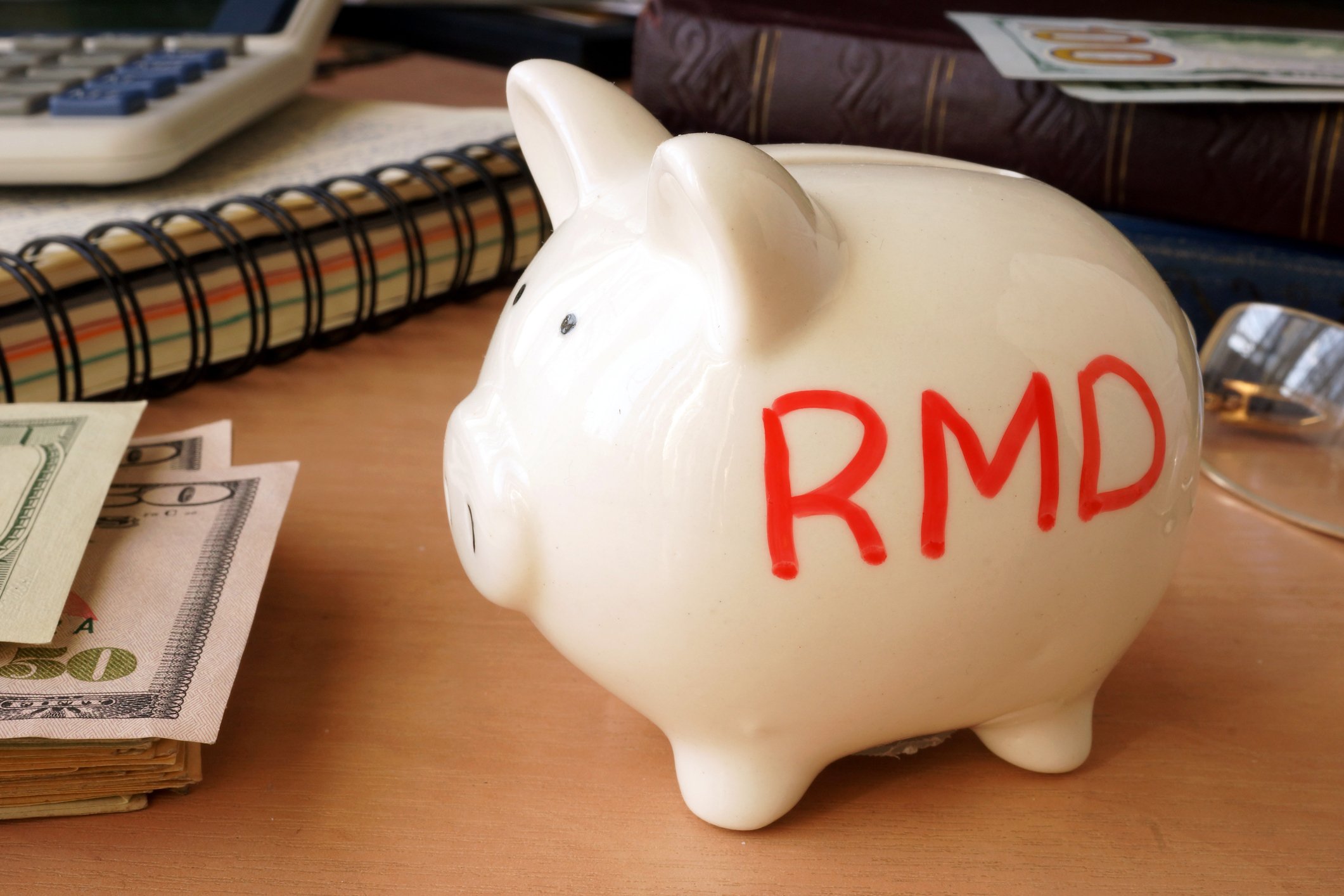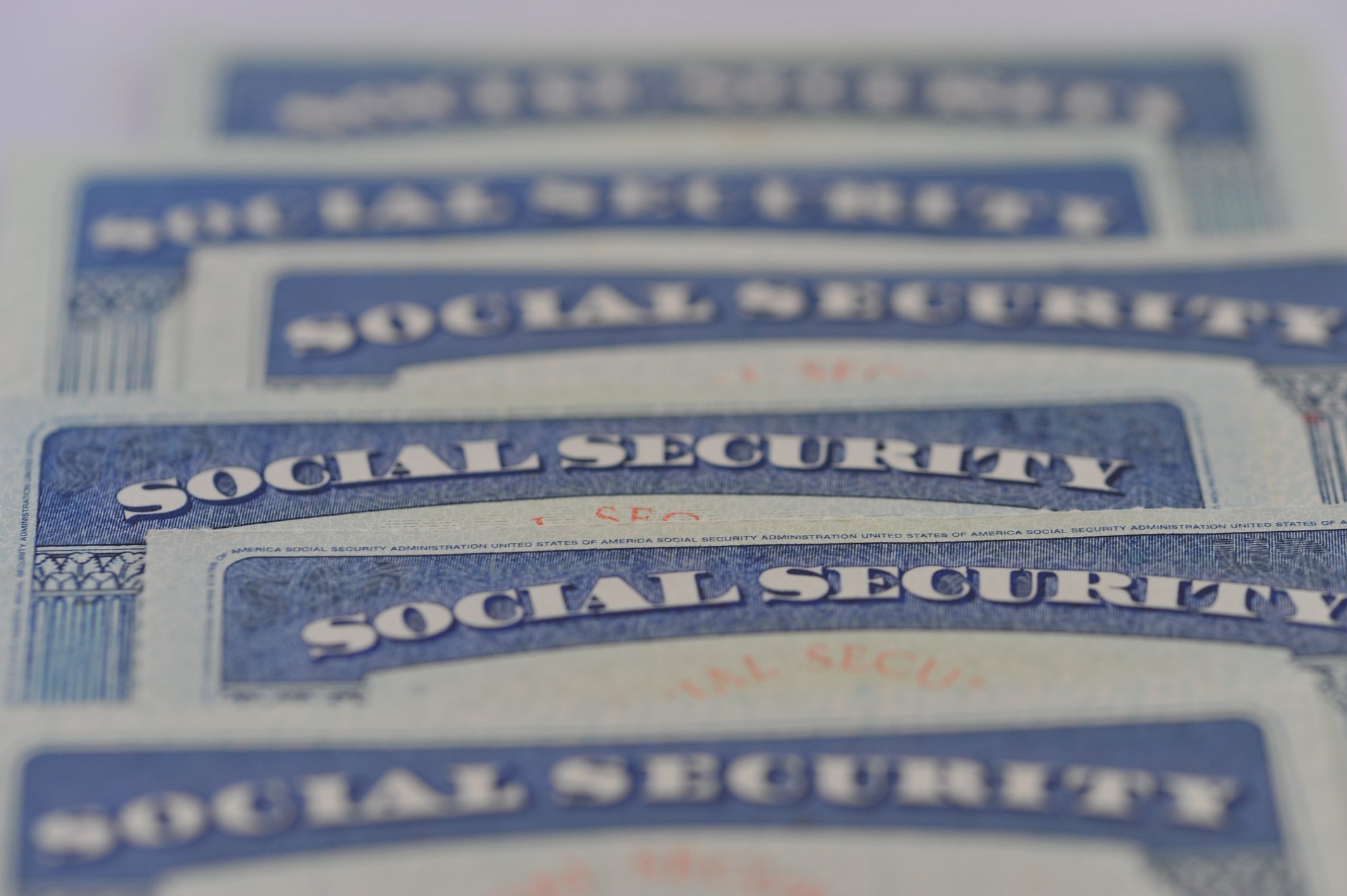It's rare to find someone who carries no debt at all -- whether it's a mortgage, credit card debt, a car loan, etc. -- and older Americans are no exception. More than 80% of baby boomers currently have some form of debt, according to a survey from financial services company Nitro, and only 5% said they had never been in debt before.
But while it's no shock that so many people are in debt, millions of older adults are struggling with one type of debt that's rather surprising: student loan debt.

Image source: Getty Images
Around 2.8 million American adults over the age of 60 carry student loan debt, according to a report from the Consumer Financial Protection Bureau, and that number is continuing to increase. Since 2005, the number of older adults with student loan debt has quadrupled, and the average amount owed jumped from around $12,000 to $23,000 in that time period.
These numbers don't necessarily mean millions of seniors have starting going back to school. Researchers found that nearly three-quarters of adults over 60 with student loan debt said they borrowed money for their children's education. Still, though, debt is debt, and for many older student loan borrowers, the extra financial burden is causing hardships -- 39% said they'd gone without healthcare needs, like prescription medications and doctor visits, to afford their student loan payments.
Sometimes, certain types of debt may be unavoidable. But debt in any form shouldn't squash your chances at enjoying a comfortable retirement. If you're creeping up on retirement age and are drowning in debt, there are a few things you can do:
1. Pay down high-interest debt first
If you're saddled with different types of debt, look at the interest rates on each type and start tackling the debt with the highest rates first (while still making minimum required payments on the other types, of course).
High-interest debt can be incredibly toxic to your finances, and if you're only paying the minimum payment, it can take years to pay off -- and cost thousands of dollars in interest. Say, for instance, you have $5,000 in credit card debt with an APR of 16%. If you're making a minimum payment of $100 every month, it will take roughly 7 years to pay off that debt, and you'll end up paying around $3,300 in interest alone.
However, if you were to increase your monthly payment by just $50 per month, you could pay off your debt in less than 4 years and cut your total interest payment in half.
Once your highest-interest debt is paid off, tackle the debt with the next-highest interest rates, and so on until everything is paid off. It will take time, but the more strategic you are about which debt you're nailing first, the faster you'll reach your goal (and the more you'll save overall).
2. Consider refinancing
When you refinance your loans, a private lender will pay off your existing loans and consolidate them into a single monthly payment, potentially reducing your interest rate in the process. Not everyone qualifies for refinancing, but if you have good credit (many lenders require scores in at least the high 600s), steady income, and a proven track record of paying your debts on time, you're a strong candidate.
If you do qualify, lowering your interest rates even slightly can make a significant impact over time. For instance, say right now you have a balance of $40,000 paying 7% interest with a 10-year loan term. Over the life of the loan, you'd end up paying nearly $16,000 in interest. But if you were to lower your interest rate to, say, 5%, you'd save around $5,000 in interest, all other factors remaining the same.
Before you decide to refinance, do some research to compare different lenders to ensure you're getting the best interest rate. Also, consider whether you're comfortable giving up some of the perks that federal loans offer, such as income-driven repayment plans and debt forgiveness programs. If saving money is at the top of your priority list, refinancing to get that lower interest rate may be a good choice.
3. Pay down your balance the right way
You probably know that to pay down your debt faster, you'll need to make more than just the minimum payment each month. But you should also make sure that extra money is going to the right places.
When you pay extra on top of your minimum payment, some loan servicers will automatically put that money toward your interest -- not the principal amount. That may sound all well and good, but when you're not paying off the principal, you're not actually paying down the loan balance itself. However, by applying extra payments toward the principal, you're lowering your total balance, thus lowering your future interest payments as well -- allowing you to pay off the loan faster.
Also be sure to check your loan's terms to make sure you aren't charged for additional payments or for making principal-only payments. If you are, you may be able to get around the fees by tacking the extra payment onto your monthly payment.
Debt may be a necessary evil for most people, but it doesn't have to ruin your retirement. Even if you're saddled with debt in your senior years, there are strategic ways to pay it off as quickly as possible so you can lift the burden and start making the most of your retirement savings.





